The InterRidge Student and Postdoctoral Fellowship Programme continues to play an important role in the careers of early career ocean scientists. There was a high number of proposals submitted again this year and we awarded four InterRidge-funded Fellowships, together with three Fellowships for students from developing countries, supported by the ISA Endowment Fund.
The recipients of this year's InterRidge Fellowships are:
Egidio Marino - a PhD Student at the Geological Survey of Spain
Julia Machon - a PhD Student at the Pierre and Marie University in Paris, France
Inmaculada Frutos - a post-doctoral researcher at the University of Hamburg, Germany
Guangyu Xu - a post-doctoral researcher at the University of Washington, USA
InterRidge/ISA Endowment Fund Fellowships were awarded to:
Seyedeh Elnaz Naghibi - a post-doctoral researcher at School of Engineering and Materials Science, Queen Mary University of London, UK
Surya Prakash - a post-doctoral researcher at the National Centre for Antarctic and Ocean Research, India
---------------------------------------------------------------------------------------------------------
Julia Machon
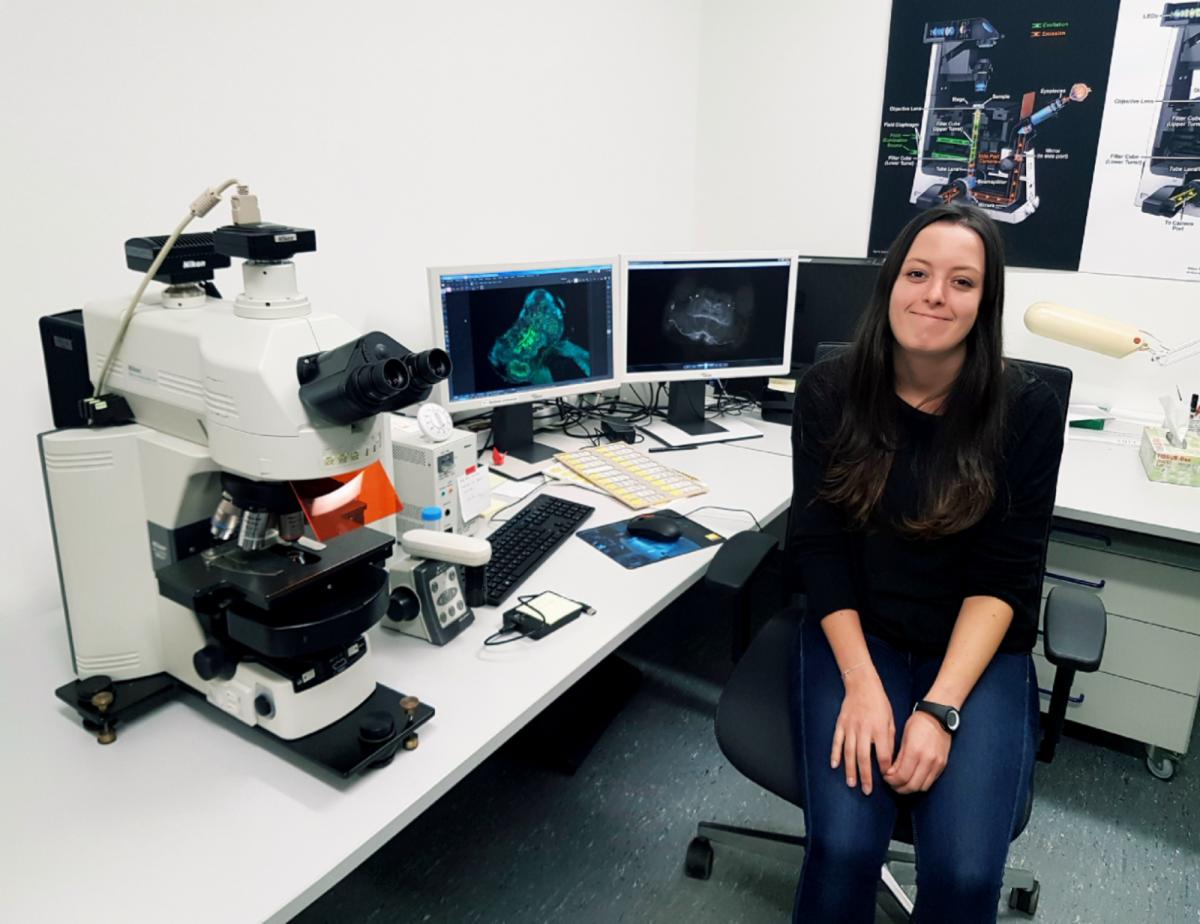 I applied for the InterRidge fellowship program as a PhD student to initiate a research project with a laboratory abroad, which ended on a successful collaboration and has extended the deep sea research community.
I applied for the InterRidge fellowship program as a PhD student to initiate a research project with a laboratory abroad, which ended on a successful collaboration and has extended the deep sea research community.
Briefly, I conducted my PhD at Sorbonne Université (Paris, France) in the “Adaptations to Extreme Environments” team, to focus on the sensory abilities of shrimps living at deep hydrothermal vents. The hydrothermal environment is characterized by fairly hostile (from a human perspective) physico-chemical conditions, darkness and high hydrostatic pressure, and how vent shrimps cope with these features and sense their environment is of major interest in deep sea biology.
To investigate whether vent shrimps present sensory adaptations in relation with their lifestyle, I studied the olfactory system in several vent species from the Mid-Atlantic Ridge (Rimicaris exoculata, Rimicaris chacei, Mirocaris fortunata and Alvinocaris markensis), in comparison with a shallow-water species (Palaemon elegans). In the course of this research, a logical follow-up was to consider their central nervous system, because the brain structure can provide interesting hints about the sensory abilities and lifestyle of an animal.
Thanks to the InterRidge fellowship, I could spend one month at the University of Greifswald (Germany), at the Cytology and Evolutionary Biology department which has a strong expertise in crustacean neuroanatomy. Using specimens sampled during the BICOSE 2 cruise (2018, Ifremer), we conducted a comparative study on the brain architecture of vent and shallow-water shrimps, using classical histology, immunochemistry and 3D-reconstructions from X-ray micro-computed tomography scans.
Here you can read Julia's report from her stay at University of Greifswald (Germany).
---------------------------------------------------------------------------------------------------------
Seyedeh Elnaz Naghibi
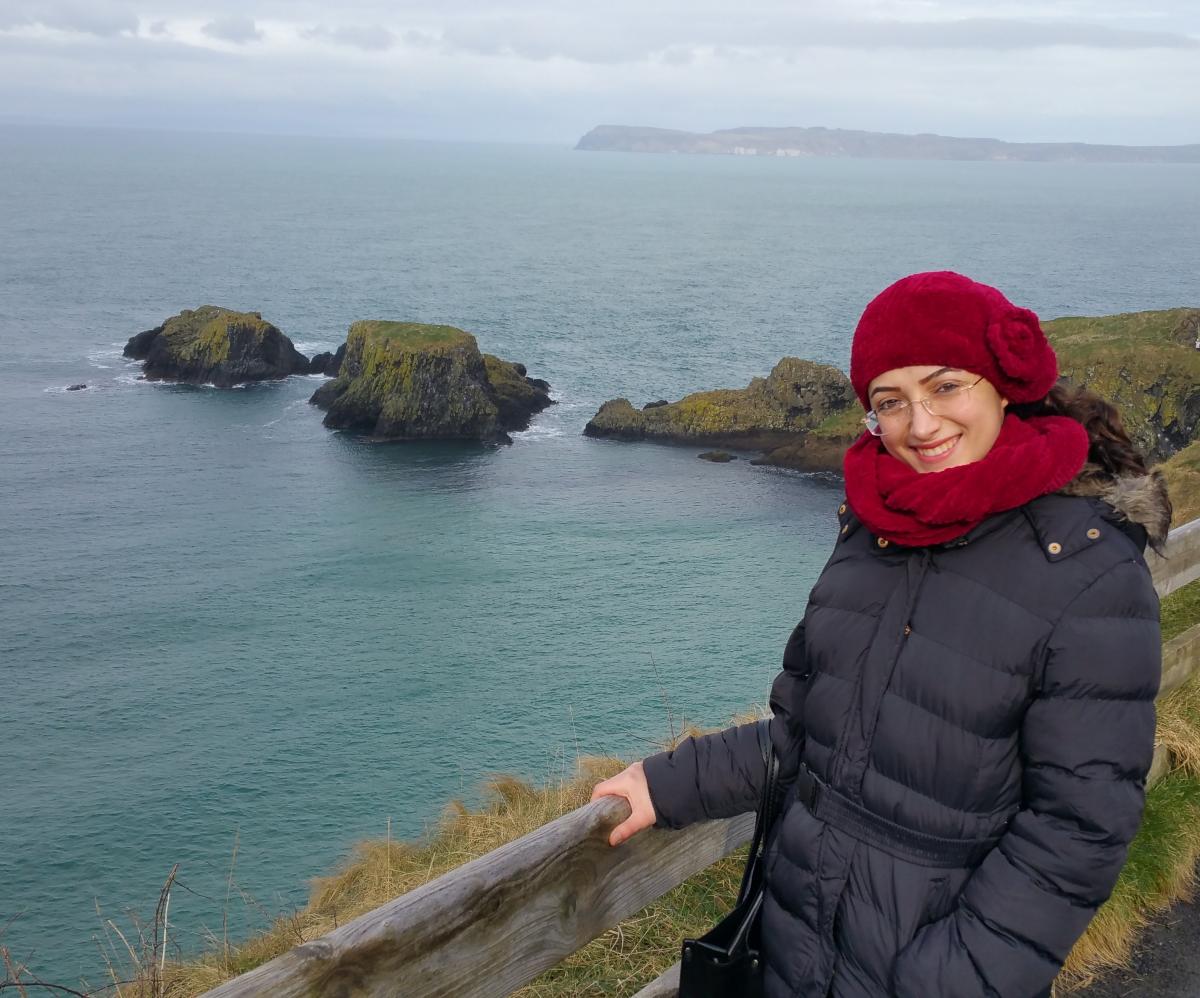
---------------------------------------------------------------------------------------------------------
Egidio Marino
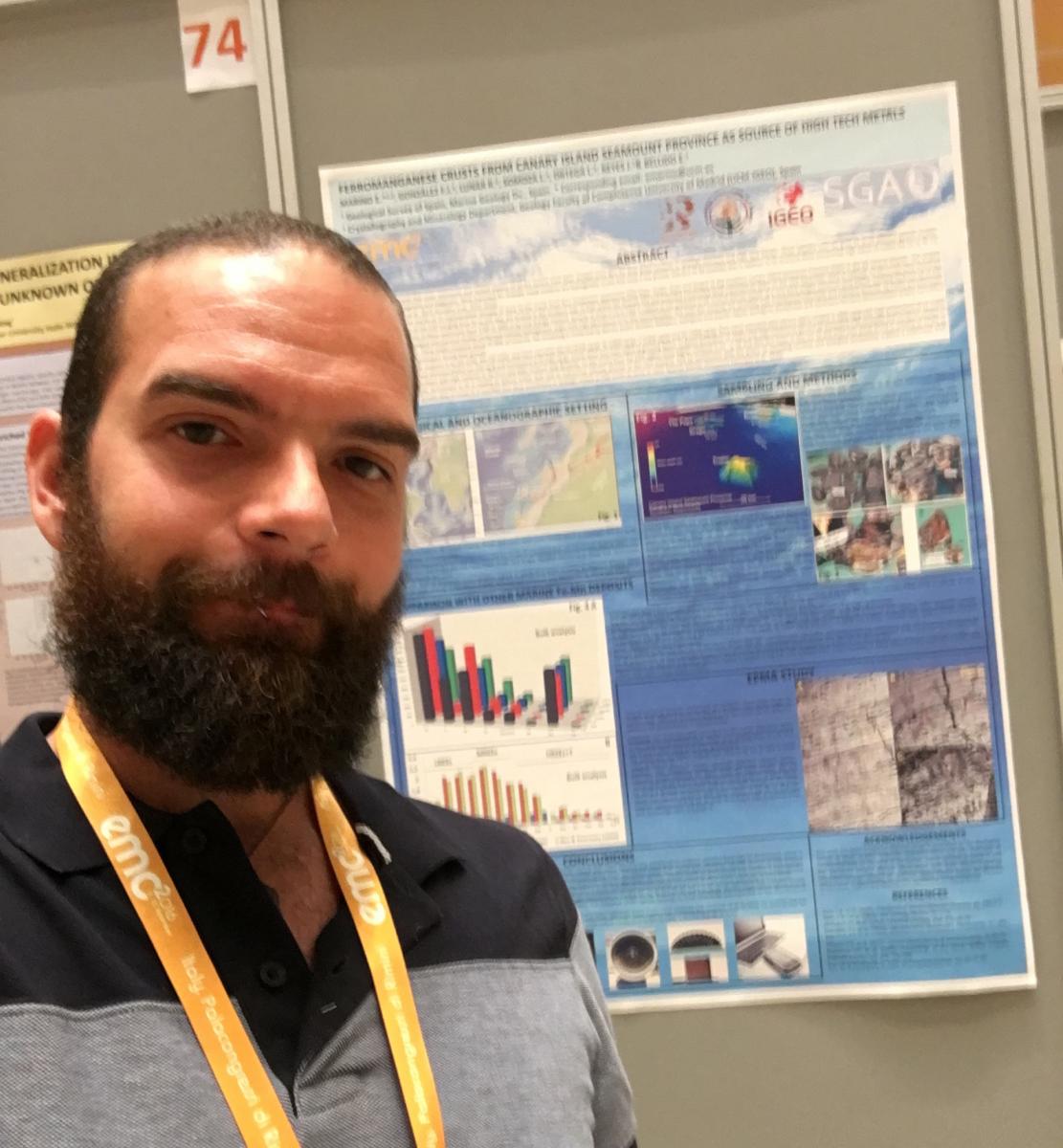
Egidio Marino is Graduated in Geology in Complutense University of Madrid (2013) and got his Master in Geologic Resources and Processes in the same University (2014). In October 2015 won a FPU PhD Grant and actually is advancing its research in strategical elements and polymetallic submarine crusts in the Crystallography and Mineralogy Department of Geology Faculty, in the Complutense University of Madrid in collaboration with the Geological Survey of Spain (IGME).
Egidio has participated in the Oceanographic Expedition SUBVENT1 (2013) supported by IGME and in Deep Links Cruise (2015) organized by the Irish Marine Institute (Galway, Ireland), and is waiting for the next expedition EXPLO-SEA scheduled for the end of 2018. He is expert in several experiments and tasks: mineral recognition with optical microscope, XRD characterization, geochemical studies useful to his PhD thesis that usually perform in the Geological Survey of Spain (IGME) laboratories.
His principal research lines are related with Mineralogy, Geochemistry, Petrology and Metallogenesis, especially related with Submarine Fe-Mn mineralizations: Cobalt rich polymetallic crusts, Growth rates and ages of submarine deposits performed with different methods: Cobalt chronometer, isotopic age (Nd, Sr, Pb and Os), Strategic elements and rare metals in submarine minerals.
His Project granted by InterRidge it arises to search hydrothermal influences from the Mid Atlantic Ridge or the Canary Island Hot Spot on the formation of Ferromanganese crusts from CISP using high resolution analysis, essentially isotopic and geochemical high resolution data performed with LA-ICP-MS and EPMA.
Here you can read the short report from Egidio's stay at BGR (Germany).
---------------------------------------------------------------------------------------------------------
Surya Prakash
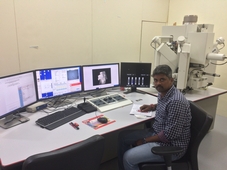
About me: After completion of Master’s Degree in Chemistry from Jiwaji University, India, I joined the Ridge research program at CSIR-National Institute of Oceanography, Goa, India. The main objective of the program is to study the various hydrothermal processes and associated mineralization along the Indian Ridge system with special emphasis on Carlsberg and Central Indian Ridges. I have participated in several ridge cruises with the objective to study water column chemical signatures for the identification of hydrothermal plumes. During my first cruise onboard RV SONNE; I was very excited when I saw the turbidity signatures in the deep waters. Water samples from these turbid plume layers were collected by us for helium isotope studies, which is considered a good tracer for hydrothermal plume identification. The analysis was carried out with Dr. Lupton at NOAA-Pacific Marine Environmental Laboratory, Newport, USA. This study was supported by International Seabed Authority (ISA) endowment fund for the year 2009. Simultaneously, for my doctoral thesis, I have worked on “origins and geochemistry of ferromanganese encrustations from Indian Ocean”. After completion of my doctoral thesis, I have joined the research group at National Centre for Antarctica and Ocean Research (NCAOR), Goa to explore and study hydrothermal activities along Central and South West Indian ridges and is presently working with Dr. John Kurian. As I mentioned earlier, the inspiration of the movie "Aliens of the Deep" is still driving me to continue my research in exploration of hydrothermal plumes/vents and associated mineral deposits.
About my project: As part of India’s ridge research program, comprehensive survey and exploration for identifying and studying hydrothermal activities have been undertaken by NCAOR in parts of Central and South West Indian Ridges. During our recent cruise during Jan-Mar 2017 onboard RV MGS SAGAR, hydrothermal plume signatures were identified at different locations along the Central Indian Ridge. Seawater samples from plume depths were collected for dissolved trace metal studies (especially Fe and Mn). I shall be working with Dr. Joseph Resing, NOAA-PMEL/ JISAO-Uni., Washington for undertaking the analysis. The title of my project is “Dissolved trace metal studies of hydrothermal plumes between 23°-25° S, Central Indian Ridge, Indian Ocean”. This new InterRidge fellowship will provide me an excellent opportunity to develop new collaborations at University of Washington and work with experts in the field, including Dr. Butterfield and Dr. Baker of NOAA vents program. This opportunity also provides opportunity to expand my present knowledge and understanding of hydrothermal plumes characteristics and dynamics. I am very thankful to the IR/ISA fellowship for this second time opportunity.
Here you can read Surya's report from his stay at University of Washington (USA).
---------------------------------------------------------------------------------------------------------
Inmaculada Frutos
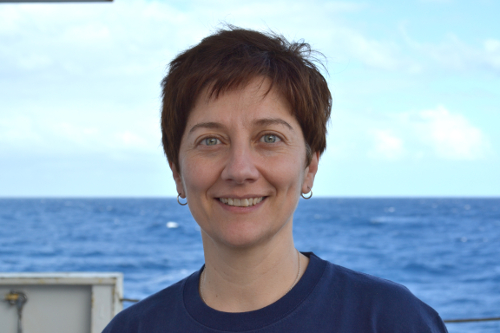
Inmaculada Frutos obtained her PhD from the University of Alcalá in Spain (2006) after a pioneer study on the subtidal suprabenthic communities in the NE Atlantic waters of Spain. Her research is mainly focused on the characterization of suprabenthic crustaceans (mainly peracarids) in deep-sea waters: study of biodiversity within an ecological approach, spatial and temporal evolution of assemblages in relation to abiotic variables and its trophic role in the marine benthic food webs. All of them within a robust systematic knowledge which achieves the description of new species.
After her PhD degree, she has enhanced her qualification while studying peracarid collections (Amphipods, isopods, mysids, cumaceans and tanaids) in numerous international European Institutions as: Spanish Institute of Oceanography (La Coruña and Santander, Spain), University of Bordeaux (Marine Station Arcachon, France), Center for Environment, Fisheries and Aquaculture Science (CEFAS Lowestoft, UK), Zoologisches Museum der Universität Hamburg (Germany), Muséum national d’Histoire Naturelle (Paris, France), University of Łódź (Poland), Ifremer (Brest, France). Her research comprises her active participation in expeditions, mainly working with benthic sledges: she has already worked on the sea for more than 30 expeditions carried out mainly in the NE Atlantic Ocean (North Sea, Bay of Biscay, off NW Iberian Peninsula, tropical N Atlantic and Puerto Rico Trench), but also in the NW Pacific (Sea of Okhotsk and Kuril-Kamchatka area).
She is specially interested in the diversity and connectivity of deep-sea Atlantic peracarids. During her post-doc at the Zoological Museum of the University of Hamburg, she is investigating the abyssal suprabenthic community in the tropical N Atlantic along a latitudinal transect at both sides of the Vema Fracture located in the Mid Atlantic Ridge (MAR). With the InterRidge fellowship her knowledge enhance into the field of hydrothermal vents and broaden her understanding of the deep-sea communities of the deep Atlantic Ocean. The opportunity of joining the BICOSE2 expedition, has allowed to sample and characterize the suprabenthic communities of the hydrothermal TAG site providing a strong baseline to study the ecology of the fauna inhabitant this place in the MAR. Gaining insight into these communities it would outline the possible connectivity along the MAR.
---------------------------------------------------------------------------------------------------------
Guangyu Xu
(work in progress)




